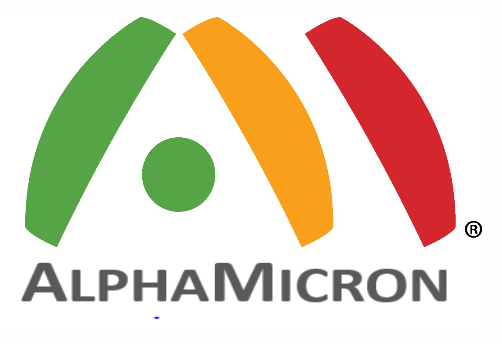KSU/AMLCI – CMU/CNA Applied Mathematics Symposium on
Advanced Materials
February 9-10, 2019
Kent State University
Because of their special biological, chemical, mechanical and optical response, advanced materials play an increasingly important role in human life. Modeling and optimizing their response, which sensitively depends on composition and architecture and a rich variety of physical processes, brings new challenges to areas of applied mathematics ranging from modeling and analysis to scientific computing and machine learning. Motivated by recent advances in materials science enabled by mathematics, this Symposium brings together experts in the field to illustrate effective strategies, to expose mathematicians to emerging issues in the area, and to identify directions for future progress. The aim is to initiate and foster collaborations between applied mathematicians and materials researchers working in the new Advanced Materials and Liquid Crystal Institute (AMLCI) at Kent State University and in the Center for Nonlinear Analysis (CNA) at Carnegie Mellon University.
Speakers
Kaushik Dayal, Carnegie Mellon University, USA
Weinan E, Princeton University, USA and Peking University, China
Irene Fonseca, Carnegie Mellon University, USA
Eugene Gartland, Kent State University, USA
Dmitry Golovaty, University of Akron, USA
Richard James, University of Minnesota, USA
David Kinderlehrer, Carnegie Mellon University, USA
Robert Kohn, New York University, USA
Peter Palffy-Muhoray, Kent State University, USA
Michael Shelley, New York University, USA
Epifanio Virga, University of Pavia, Italy
Xiaoyu Zheng, Kent State University, USA
Deadline for applications for support is January 31, 2019
A limited amount of funds is available to support researchers in the early stages of their career who want to attend the program, especially for graduate students and post-doctoral fellows.
Deadline for registration is January 31, 2019

Lily-like twist distribution on the cross-section of toroidal nematic droplets
(photo courtesy of Epifanio Virga)
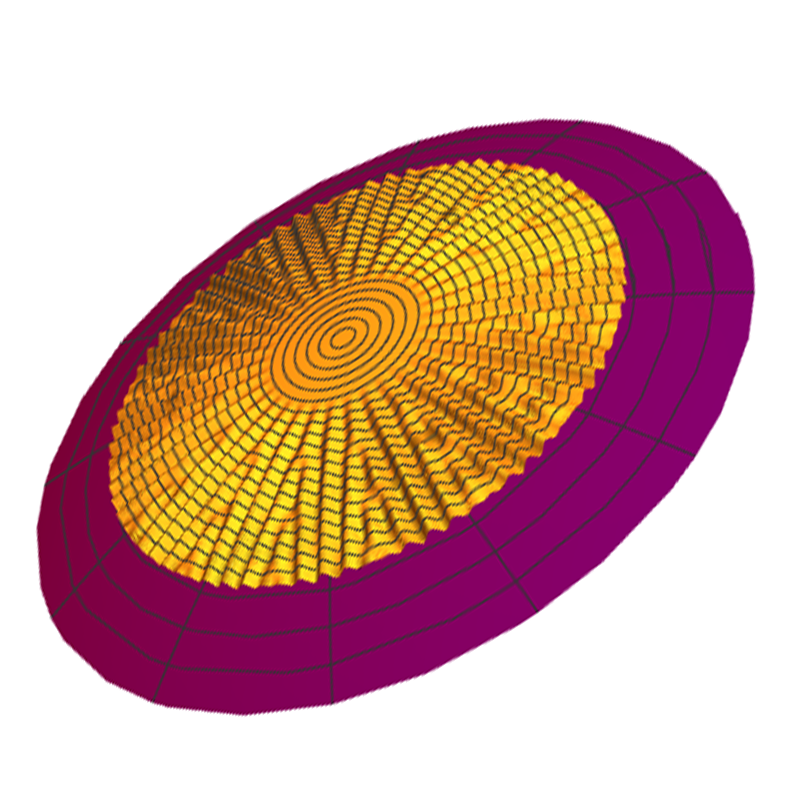
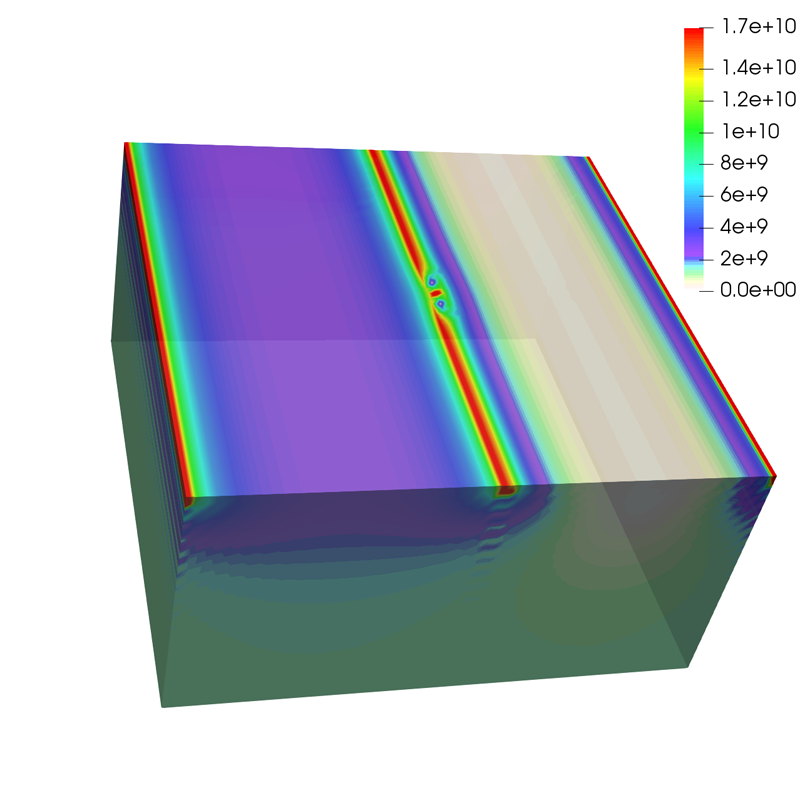

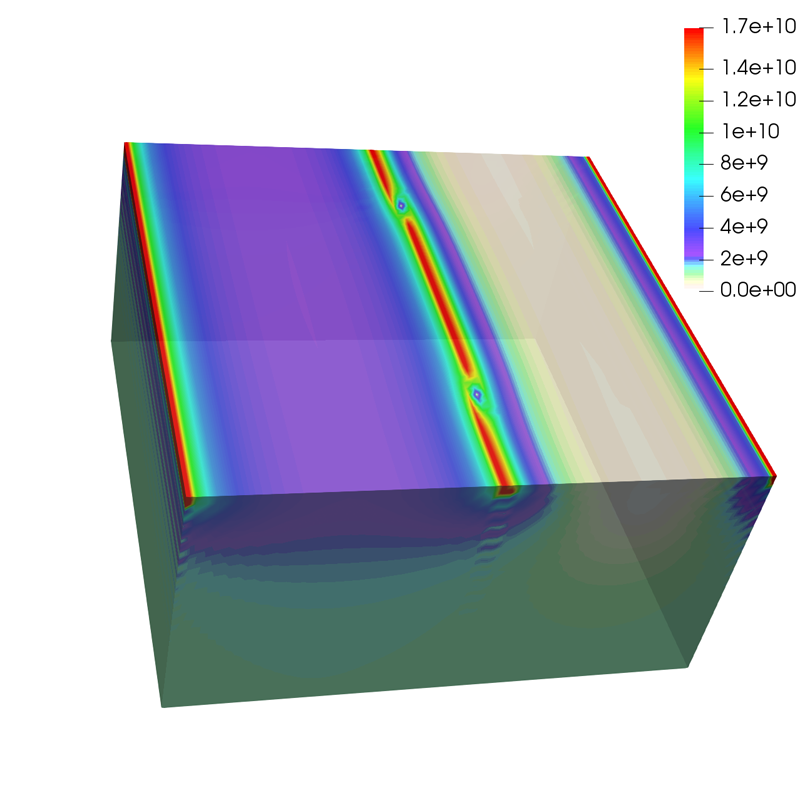
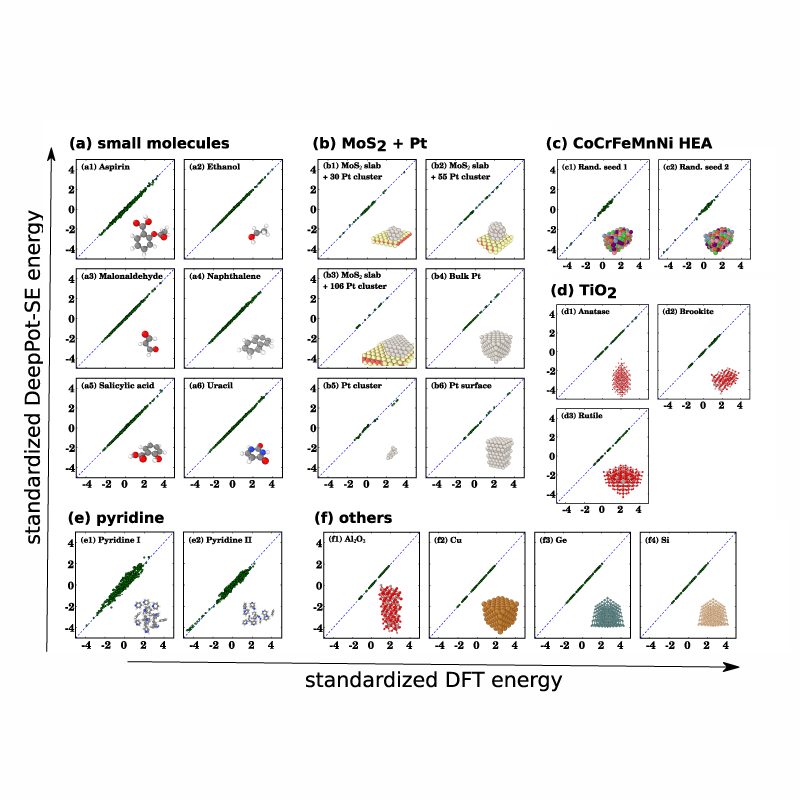
Left: Wrinkling of a thin circular sheet bonded to a spherical substrate – By P. Bella and R.V. Kohn
Middle: Dislocation motion by kink-pair mechanism in BCC Tantalum using a regularized disolocation dynamics model – By Jade Xiaoyao Peng (CMU), Nitin Mathew (LANL), Irene Beyerlein (UCSB), Kaushik Dayal (CMU), Abigail Hunter (LANL)
Right: Comparison of the energies predicted by density functional theory (DFT) and Deep Potential, a deep learning based potential energy model, for different kind of systems (photo courtesy of E. Weinan)
Organizers
Peter Palffy-Muhoray, AMLCI – Kent State University
Xiaoyu Zheng, AMLCI – Kent State University
Irene Fonseca, CNA – Carnegie Mellon University
Dejan Slepčev, CNA – Carnegie Mellon University
Location
Contact
Tianyi Guo | tguo2@kent.edu
Nancy Watson | nw0z@andrew.cmu.edu
Sponsors
